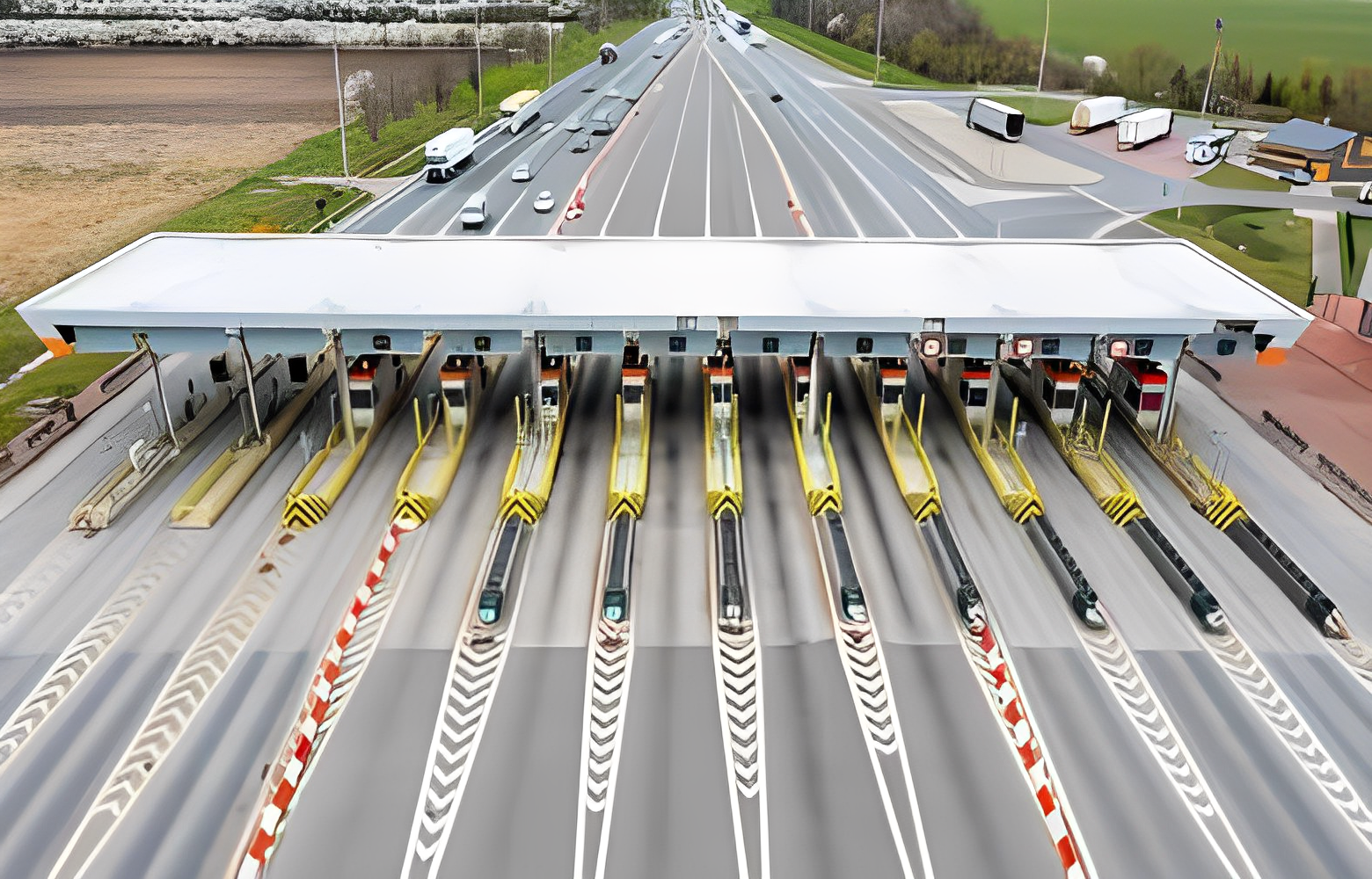Across the vibrant tapestry of India, a network of asphalt arteries pulsates with life. These are the motorways, the high-speed highways that are stitching together the nation’s economic and social fabric. From the snow-capped Himalayas to the sun-drenched beaches, motorways in India are weaving a tale of progress and prosperity.
Unleashing Economic Growth: Motorways in India
India’s motorways are far more than just roads; they are catalysts for economic transformation. By slashing travel times and reducing logistics costs, motorways in India have facilitated smooth movement of goods and people. This has resulted in:
- Boosted Industrial Development: Improved connectivity has lured new industries to set up shop along motorway corridors, creating a cascade of employment opportunities.
- Enhanced Agricultural Potential: Faster transportation of farm produce from fertile fields to distant markets minimizes spoilage and ensures farmers reap better rewards.
- Tourism on the Fast Track: Motorways in India have opened up scenic landscapes and remote cultural havens to tourists, injecting much-needed revenue into local economies.
Bridging the Connectivity Gap: Motorways in India
India’s diverse geography posed a significant challenge to national integration. However, motorways in India are steadily erasing these barriers. By connecting remote villages to bustling cities, these highways are:
- Narrowing the Rural-Urban Divide: Improved access to healthcare, education, and essential services is empowering rural communities and bridging the economic disparity.
- Fueling Inter-State Trade: Easier movement of goods between states stimulates inter-regional trade, fostering a spirit of collaboration and economic interdependence.
- Unifying Diverse Cultures: Motorways in India are fostering cultural exchange and understanding, weaving a richer tapestry of national unity.
Challenges and the Road Ahead:
While the impact of motorways in India is undeniable, there are challenges that need to be addressed:
- Environmental Concerns: Balancing rapid development with environmental sustainability is crucial. Mitigating the carbon footprint and protecting ecological corridors along motorway routes is essential.
- Safety and Security: Enhancing road safety through stricter regulations, better infrastructure, and driver education is paramount. Additionally, robust security measures are needed to ensure safe travel for all.
- Land Acquisition and Rehabilitation: Fair compensation and rehabilitation of communities displaced by motorway construction is vital to uphold social justice.
Despite these challenges, the future of motorways in India is bright. The government’s ambitious Bharatmala Pariyojana program aims to expand the network to an impressive 22,000 kilometers, further unlocking the nation’s potential.
Let’s delve deeper, exploring specific examples, showcasing their impact on various sectors, and delving into the challenges and opportunities that lie ahead.
Showcasing the Power of Motorways:
- Industrial Corridors: Spotlight specific industrial clusters thriving along key highways, like the Chennai-Bengaluru corridor, home to auto giants, or the Golden Quadrilateral, attracting diverse industries. Include images of factories and bustling logistics hubs.
- Agricultural Transformation: Illustrate how motorways have benefited farmers, like apple growers in Himachal Pradesh reaching wider markets or fish farmers in Andhra Pradesh sending their produce across the country. Include visuals of farmers loading trucks or fresh produce arriving in distant markets.
- Tourism Boom: Showcase how motorways have opened up previously inaccessible tourist destinations, like the breathtaking Leh-Ladakh highway or the coastal Konkan Expressway. Include pictures of scenic landscapes and iconic tourist spots now easily accessible.
Quantifying the Impact:
- Economic Growth: Use statistics to demonstrate the contribution of motorways to India’s GDP growth, job creation, and increased trade volumes. Include charts or graphs illustrating these trends.
- Social Upliftment: Highlight how improved connectivity has benefited rural communities, with data on increased access to education, healthcare, and essential services. Include visuals of rural schools, hospitals, or markets thriving near highways.
- Cultural Exchange: Showcase initiatives promoting cultural exchange along motorways, like food festivals, art installations, or heritage sites easily accessible to travelers. Include pictures of these cultural events or landmarks.
Addressing the Challenges:
- Environmental Sustainability: Discuss initiatives to mitigate the environmental impact of motorways, like afforestation programs, noise pollution control measures, and wildlife corridors. Include visuals of greening projects or wildlife crossings.
- Road Safety: Highlight efforts to improve road safety, like stricter traffic regulations, advanced driver training programs, and better road infrastructure. Include pictures of safety campaigns or improved road signage.
- Land Acquisition and Rehabilitation: Discuss measures to ensure fair compensation and rehabilitation of communities affected by motorway construction, including livelihood training and resettlement programs. Include visuals of resettlement projects or community development initiatives.
The Road Ahead: Bharatmala Pariyojana and Beyond: Motorways in India
- Expansion Plans: Dive deeper into the ambitious Bharatmala Pariyojana program, showcasing planned expressways, logistics parks, and multimodal hubs. Include maps or infographics illustrating the expansion plans.
- Technological Advancements: Discuss how India is incorporating smart technologies like intelligent transportation systems and automated tolling to enhance efficiency and safety on motorways. Include visuals of traffic control centers or automated toll booths.
- Sustainable Practices: Explore how India is integrating sustainability into future motorway projects, like using recycled materials, promoting electric vehicle charging infrastructure, and developing eco-friendly maintenance practices. Include visuals of green construction techniques or electric vehicle charging stations.
Conclusion:
As India races towards the future, its motorways are laying the foundation for a brighter tomorrow. These magnificent highways are not just roads; they are testaments to human ingenuity, symbols of economic progress, and bridges connecting hearts and minds across the vast expanse of this vibrant nation.
Sources:
- Ministry of Road Transport and Highways: https://morth.nic.in/
- National Highways Authority of India: https://nhai.gov.in/
- World Bank: https://www.worldbank.org/en/news/press-release/2022/11/14/india-s-urban-infrastructure-needs-to-cross-840-billion-over-next-15-years-new-world-bank-report




